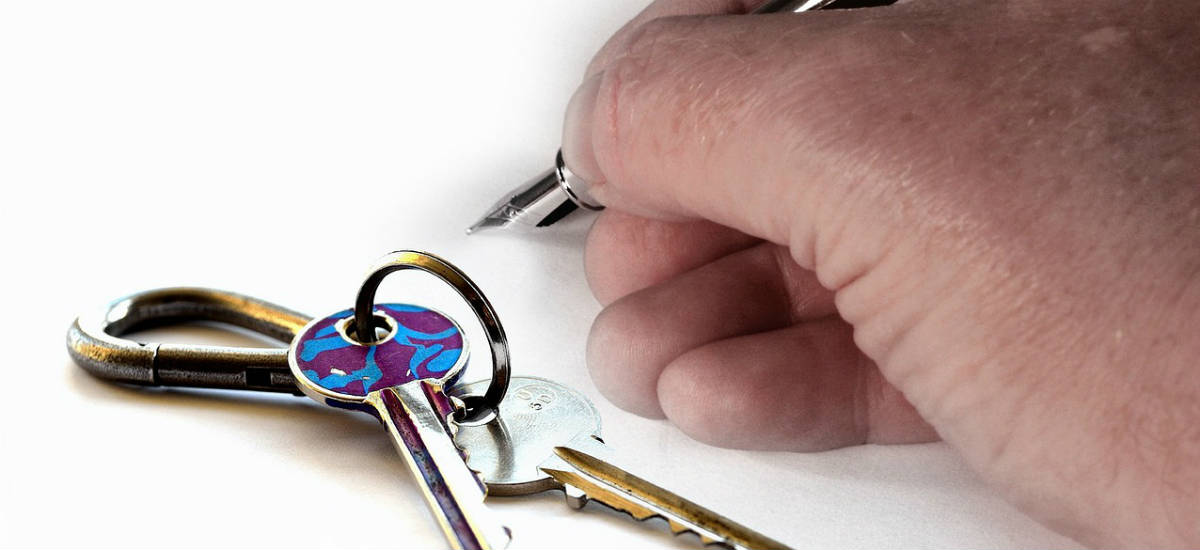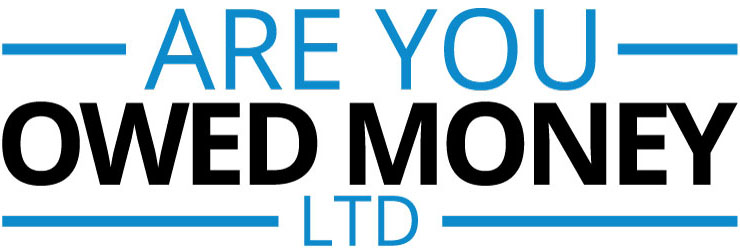Many tenants are turning to credit cards, overdrafts loans for rent deposits. According to statistics, 43% funded moving expenses this way. Why is this so? Consumer action group Which? Believes it results from a broken deposit system.

The tenancy deposit scheme
Deposits are a useful tool for renting. They establish trust via upfront payment. Deposits also cover necessary costs once a tenant leaves. They should also be paid back to a tenant in good time upon leaving a property. Not doing so can cause tenants to seek alternative funding for their next property. Through no fault of their own, a landlord slow to pay could place them in unneeded debt.
The ‘tenancy deposit scheme’ is a widely used protection scheme in the UK. It aims to protect tenants and root out rogue landlords. The Which? report however suggests it is not currently fit for purpose.
The report claims 1 in 6 tenants waited over 4 weeks to receive deposits back. The most common reason for delays appears to be charges. Regular charges include damages to the property or furniture requiring cleaning or replacing. However, statistics show 8 out of 10 tenants felt charges levied at them upon departure were unfair. The deposit scheme allows tenants to challenge unfair charges with intentions to quickly resolve disputes.
Despite being aimed at assisting with disputes, the deposit scheme has left tenants waiting. Many tenants, even after challenging charges via the scheme, are left waiting for judgment. This slow process forces tenants to seek credit options for new deposits. If household income is already low, more credit can result in lasting financial impacts.
Unpaid rent – it works both ways
Part of debt collection is mediation. As debt collectors we must investigate the debt thoroughly. With rent arrears, it must be determined why rent is behind or unpaid. If the tenant is held up before a move even takes place, it starts the new tenancy on a negative. This is unfair to both the tenant and the new landlord.
In our blog article on consumer debt collection, we highlighted debt as a balancing act. Debt is not a negative thing if controlled. Forcing tenants into credit options by withholding money affects the balance. The figures suggest a change to the deposit system may be needed. Disputes should be dealt with faster, and tenants should be paid quicker. Otherwise new landlords may face problems with tenants fully intending to pay but unable to pay. Should new landlords ask for debt collection services, the situation worsens.
AYOM’s head of collections spoke to us about the deposit scheme. “It is a good idea in theory but in practice it hasn’t been fit for purpose. It’s slow and it has negative knock on effects. We have had landlords ask about debt collection services to collect from tenants in this position. It becomes a difficult task as it either forces tenants to take even further credit out or risk bankruptcy. Debt collection is more effective when a debtor has facility to pay rather than plunging into further debt. It lowers the risk of collecting 100% of the debt and ensures both parties can settle the issue amicably”.
